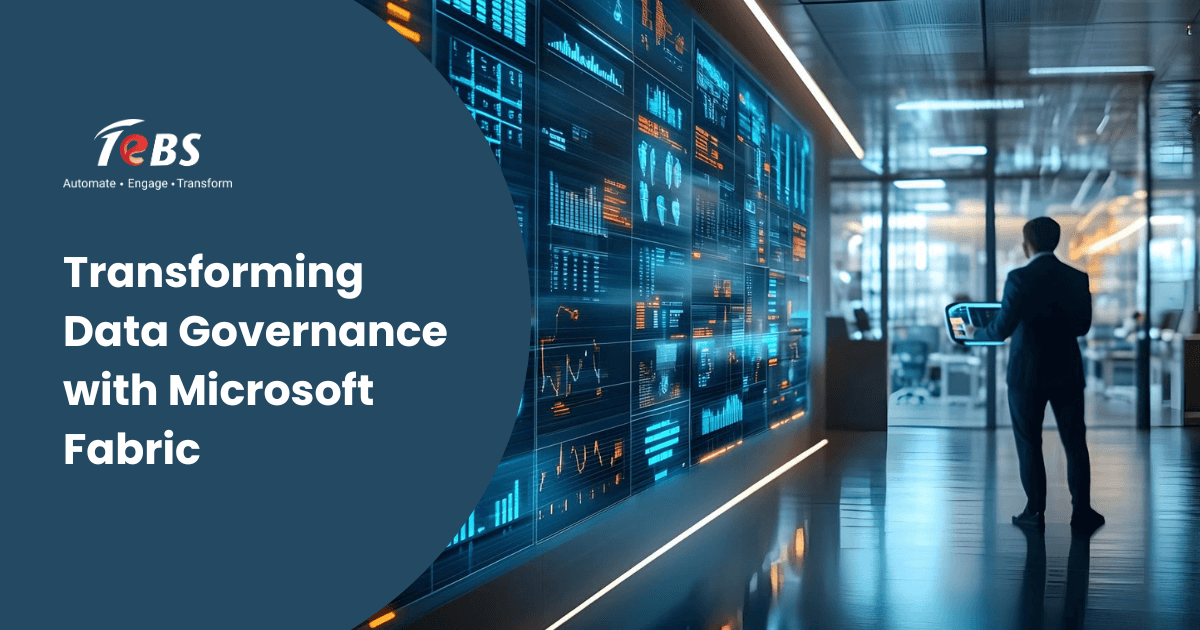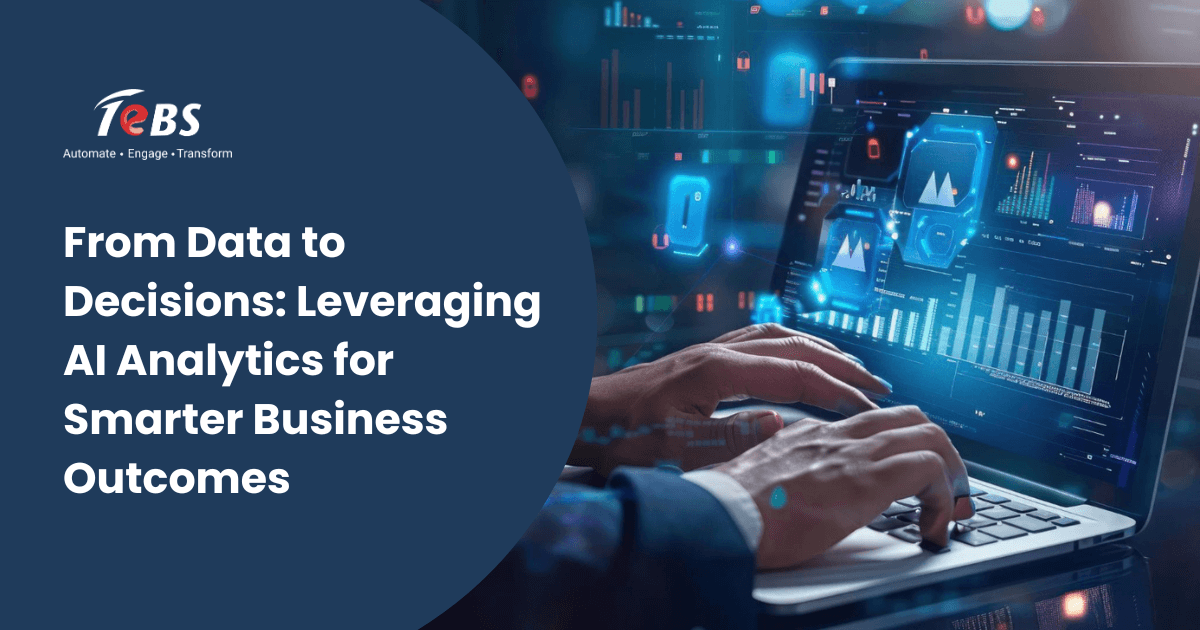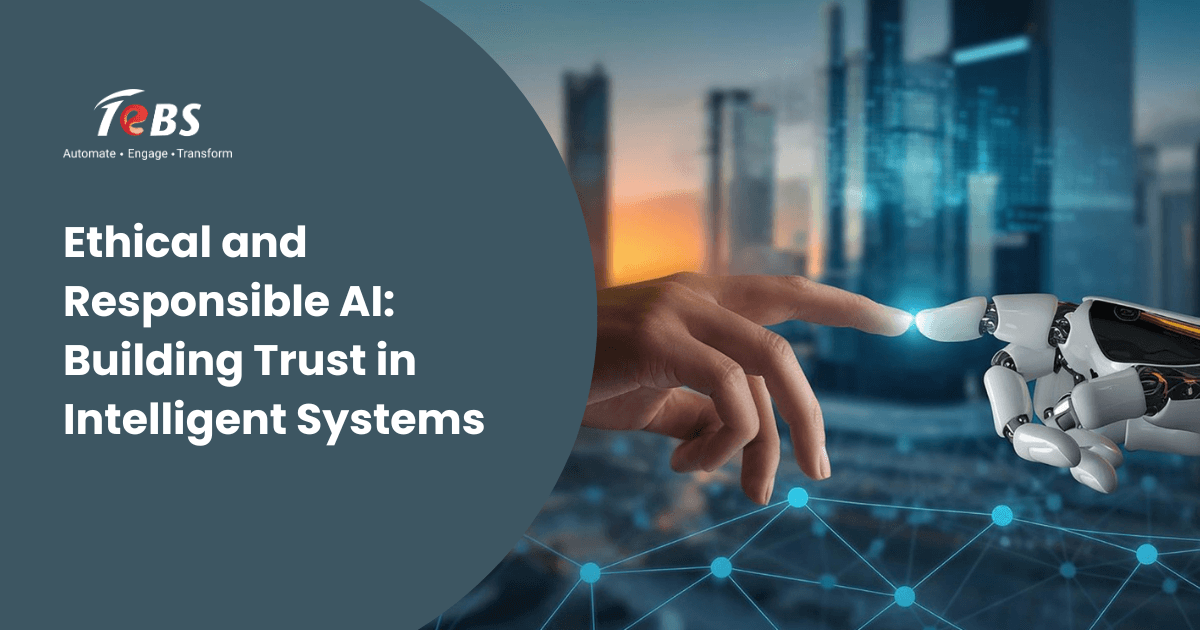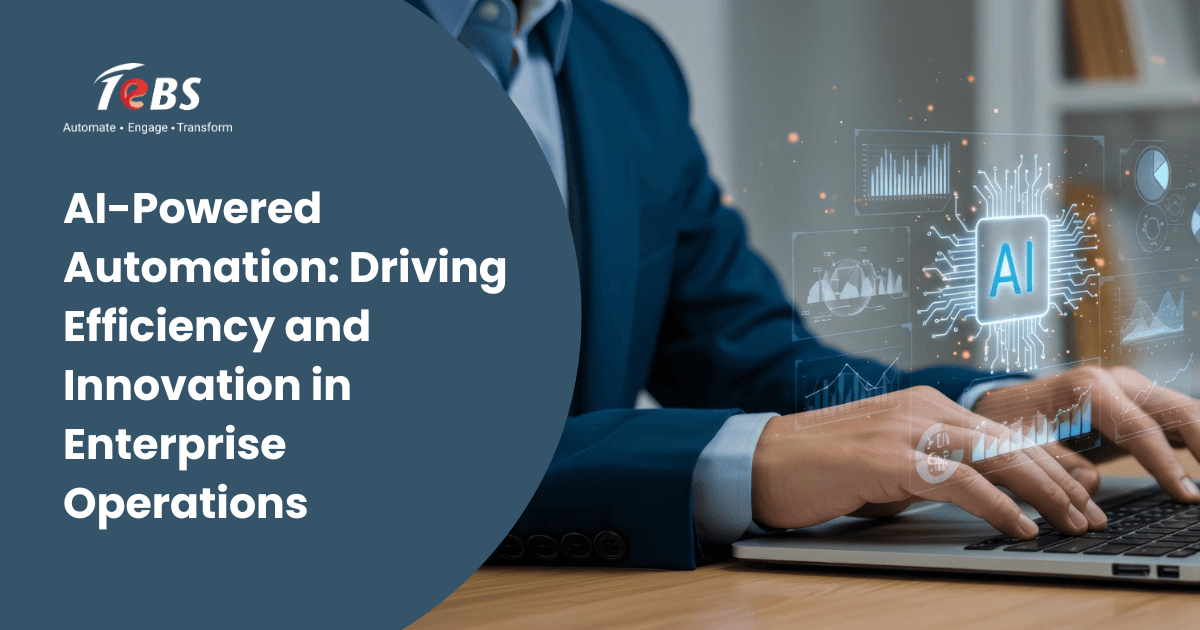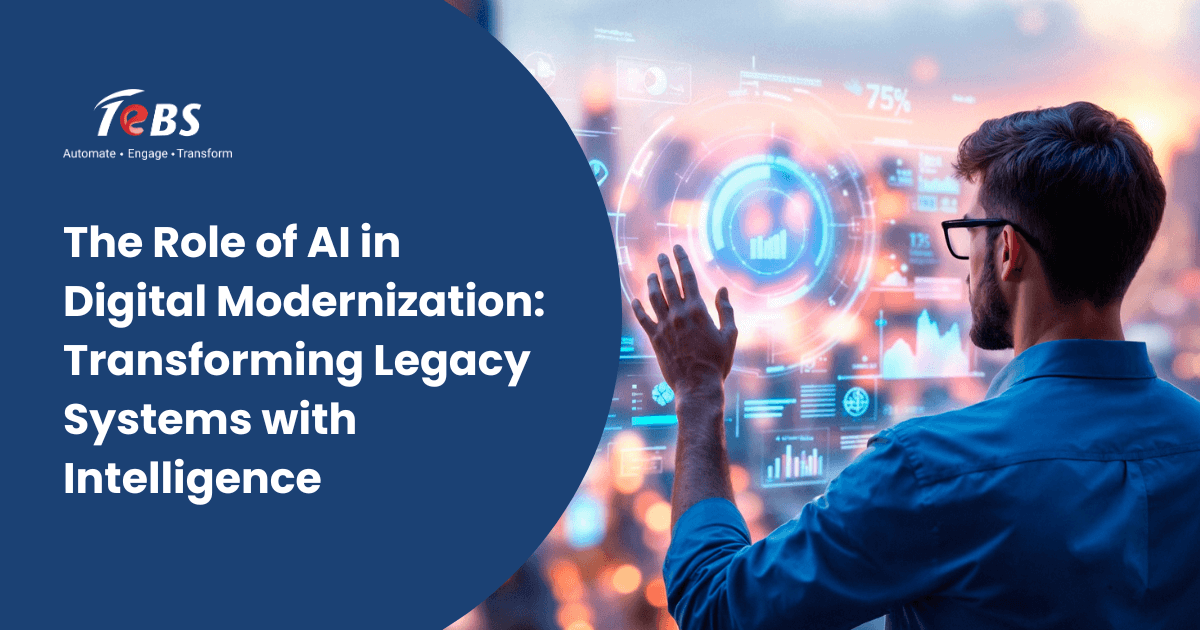Summary
Introduction: Why modern enterprises need robust data governance
Data has become the most valuable business asset, shaping everything from strategic planning to customer engagement. However, with the exponential rise of data volumes, enterprises face increasing challenges in managing, protecting, and making sense of their information. Poorly governed data can lead to compliance risks, fragmented silos, and limited visibility—ultimately undermining business growth.
Modern enterprises require a robust data governance framework to ensure data is consistent, secure, accessible, and aligned with regulatory requirements. Beyond compliance, strong governance enables organizations to harness data for innovation and competitive advantage. To achieve this, businesses need platforms that combine advanced governance capabilities with scalability and flexibility across the enterprise. Microsoft Fabric is emerging as one such transformative solution, offering an integrated approach to data governance.
Explore TeBS AI Services to see how we’re helping enterprises implement intelligent, secure, and scalable AI and data ecosystems.
What Is Microsoft Fabric?
Microsoft Fabric is an end-to-end analytics and data management platform that unifies multiple services into a single ecosystem. It consolidates data engineering, data science, real-time analytics, and business intelligence into one integrated offering. What sets it apart is its foundation in Microsoft’s OneLake architecture, designed as a centralized, enterprise-grade data lake to simplify storage, access, and governance.
Unlike fragmented data platforms that require multiple tools and manual integration, Fabric provides a cohesive environment where governance is built into the very fabric of data workflows. This ensures that enterprises not only streamline their analytics processes but also embed governance, compliance, and security at every stage of the data lifecycle.
Key Features of Microsoft Fabric for Data Governance
Microsoft Fabric offers a rich suite of features designed to strengthen governance while enabling scalability and flexibility:1. OneLake for Unified Data Storage
Fabric’s OneLake acts as a single source of truth, providing centralized storage that supports multiple formats and workloads. This eliminates data silos and enables organizations to apply consistent governance policies across all data assets.2. Built-In Security and Access Control
3. Policy-Driven Governance
Organizations can define and enforce governance rules directly within Fabric. Policies for data retention, usage monitoring, and compliance can be automated to reduce manual oversight while ensuring adherence to regulatory requirements.
According to Microsoft’s official documentation, Microsoft Purview works natively with Fabric to govern data estates, manage sensitivity labels, and maintain audit readiness across the entire environment.
4. Data Lineage and Cataloging
Fabric provides advanced data cataloging features that track metadata and lineage, giving organizations complete visibility into how data flows across systems. This transparency is vital for audits, compliance reporting, and trust in data-driven decisions.5. Compliance Alignment
Fabric is designed with compliance at its core, offering tools to align with global regulations such as GDPR, HIPAA, and ISO standards. Enterprises can confidently manage sensitive information while meeting jurisdictional requirements.6. Integration Across Microsoft Ecosystem
Seamless integration with Power BI, Azure Synapse, and Microsoft 365 ensures that governance does not hinder productivity. Users can access governed data directly within their everyday business applications.7. Scalability with Governance Controls
As organizations expand, governance structures scale with them. Fabric ensures that data governance remains effective whether managing terabytes or petabytes of information across diverse geographies.
Benefits: Security, Compliance, and Centralized Data Management
Adopting Microsoft Fabric as the backbone of data governance offers enterprises measurable benefits:Enhanced Security
Fabric employs encryption, role-based access, and real-time monitoring to secure sensitive data. Integration with Microsoft’s broader security ecosystem ensures consistent protection across workloads. This proactive approach minimizes vulnerabilities and reduces the likelihood of breaches.Streamlined Compliance
By embedding compliance controls into data processes, Fabric makes it easier to align with industry regulations and government mandates. Automated reporting and audit-ready features save time while reducing the risk of human error.
In a recent TeBS engagement, end‑to‑end record lifecycle governance reduced audit prep time and improved compliance reporting accuracy.
Centralized Data Management
OneLake provides a centralized repository for data from multiple sources, ensuring consistency and reducing redundancy. With metadata management and data lineage, organizations can confidently rely on a single version of the truth.
This approach also supports ai data-analytics with governed data, accelerating enterprise-wide data-driven decisions.
Improved Collaboration
With governance baked into collaboration tools like Power BI and Microsoft 365, teams can work with data confidently, knowing it meets compliance and security standards. This accelerates decision-making without compromising oversight.Agility and Flexibility
Fabric allows organizations to balance control with agility. Teams can access the data they need for innovation while governance frameworks ensure it is used responsibly and securely. This flexibility enables enterprises to scale quickly without creating governance gaps.Table: Traditional Data Governance vs Microsoft Fabric
| Aspect | Traditional Approach | Microsoft Fabric Approach |
| Approach | Siloed systems, manual governance efforts | Unified platform with embedded governance |
| Flexibility | Limited adaptability, rigid workflows | Scalable and adaptable to business needs |
| Compliance | Manual reporting, prone to human error | Automated compliance and audit-ready controls |
| Integration | Disconnected tools, fragmented insights | Seamless integration across Microsoft ecosystem |
Conclusion
Data governance has shifted from being a back-office necessity to a strategic enabler of enterprise growth. Organizations that fail to modernize governance risk exposing themselves to compliance breaches, inefficiencies, and missed opportunities. Microsoft Fabric offers a transformative approach by embedding governance into a unified analytics ecosystem. With centralized management, automated compliance, and enterprise-grade security, it empowers businesses to unlock the full value of their data while ensuring trust, transparency, and accountability.
According to Gartner, generative AI and unified data platforms like Microsoft Fabric are reshaping enterprise operations, compliance, and innovation across industries.
You can also read our blog on Microsoft Fabric: Simplifying Data & AI, where we explore how Fabric reduces complexity and enhances enterprise agility.
Enterprises looking to strengthen governance frameworks and accelerate their data-driven journey can leverage Microsoft Fabric as a foundation for long-term success. To explore how your organization can benefit from Microsoft Fabric and align governance with business transformation, reach out to [email protected].
Frequently Asked Questions
What is data governance in Microsoft Fabric?
Data governance in Microsoft Fabric ensures consistent data management, security, and compliance across all Fabric workloads using centralized policies, lineage tracking, and access control.
Does Microsoft have a data governance tool?
Yes, Microsoft Purview is the primary data governance and compliance tool integrated with Microsoft Fabric for cataloging, classification, and policy management.
What are the 4 pillars of data governance?
The four pillars of data governance are data quality, ensuring data is accurate and reliable; data stewardship, assigning responsibility for managing and maintaining data; data security, protecting information from unauthorized access; and compliance, ensuring adherence to regulatory and organizational standards.
What is Microsoft Data Fabric?
Microsoft Fabric is an end-to-end data analytics platform that unifies data integration, engineering, science, real-time analytics, and business intelligence in a single environment.
What role does security and access control play in Microsoft Fabric?
Security and access control ensure only authorized users can view, modify, or share data through role-based permissions, encryption, and integration with Microsoft Entra ID.
What makes Microsoft Fabric different from traditional data governance platforms?
Unlike traditional systems, Microsoft Fabric offers a unified, AI-powered, and tightly integrated governance framework across all data services within the Microsoft ecosystem.

